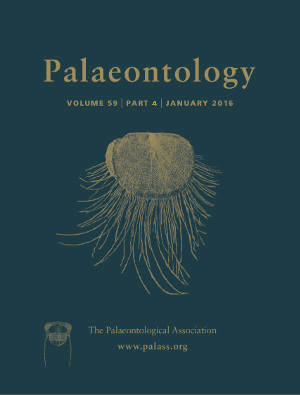Reg. Charity No. 1168330

Tetraodontiformes (pufferfishes and kin) is a taxonomically and structurally diverse, widely‐distributed clade of acanthomorphs, whose members often serve as models for genomics and, increasingly, macroevolutionary studies. Morphologically disparate Palaeogene fossils suggest considerable early experimentation, but these flattened specimens often preserve limited information. We present a three‐dimensionally preserved beaked tetraodontiform from the early Eocene (c. 53 Ma) London Clay Formation, UK. Approximately coeval with the oldest crown tetraodontiforms, †Ctenoplectus williamsi gen. et sp. nov. presents an unprecedented combination of characters, pairing a fused beak‐like dentition with prominent dorsal‐fin spines that insert atop transversely‐expanded pterygiophores roofing the skull. Bayesian total‐evidence tip‐dating analysis indicates that †Ctenoplectus represents the sister lineage of Triodontidae and highlights considerable levels of homoplasy in early tetraodontiform evolution. According to our dataset, rates of morphological character evolution were elevated at the origin of crown Tetraodontiformes, especially within gymnodonts, but declined after the principal body plans were established. Such ‘early burst’ patterns are regarded as a hallmark of adaptive radiations, but are typically associated with diversification at smaller spatiotemporal scales. However, denser sampling of Neogene and Recent taxa is needed to confirm this pattern.